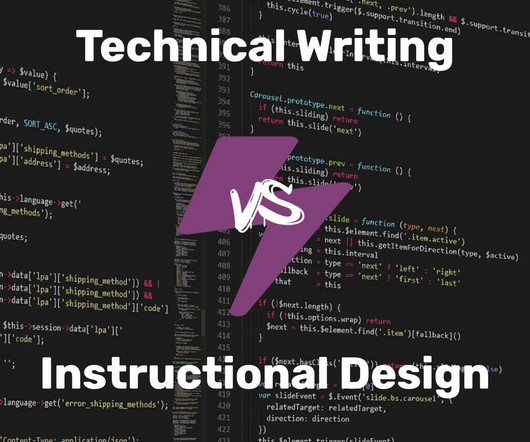Using Analogies as Explanations
Association eLearning
AUGUST 23, 2017
Analogies are used to make comparisons. If your learners don’t understand the comparison or it doesn’t match the learning content well it can do more harm than good. Choose comparisons based on their value as explanations or clarification, not descriptions or “fun factor.”. It suddenly made sense. Why Use Analogies?
















































Let's personalize your content